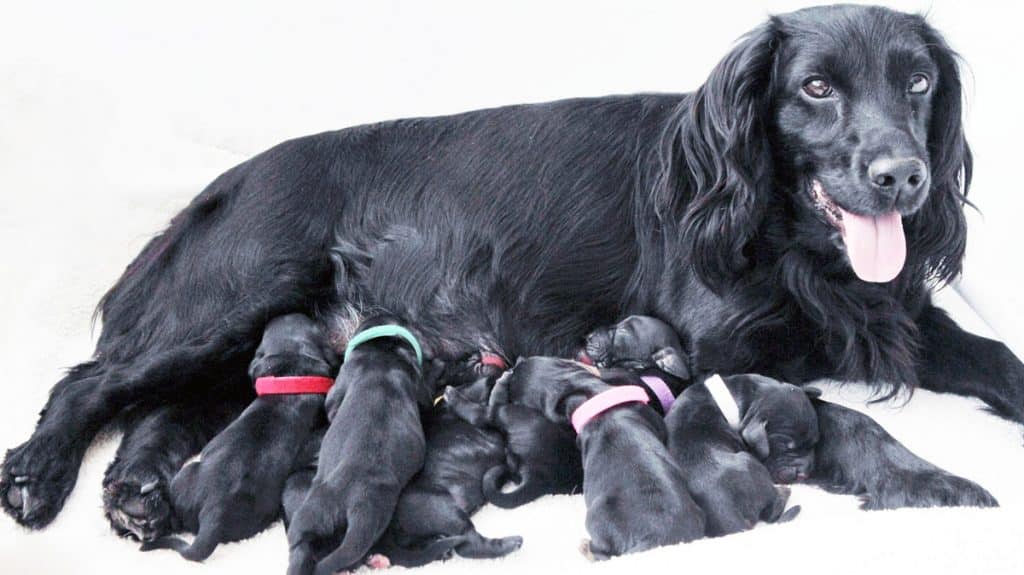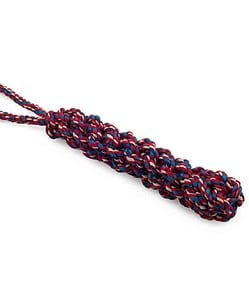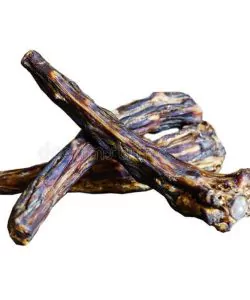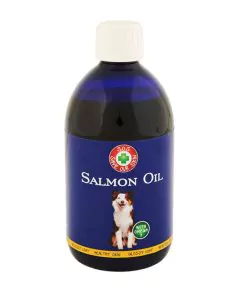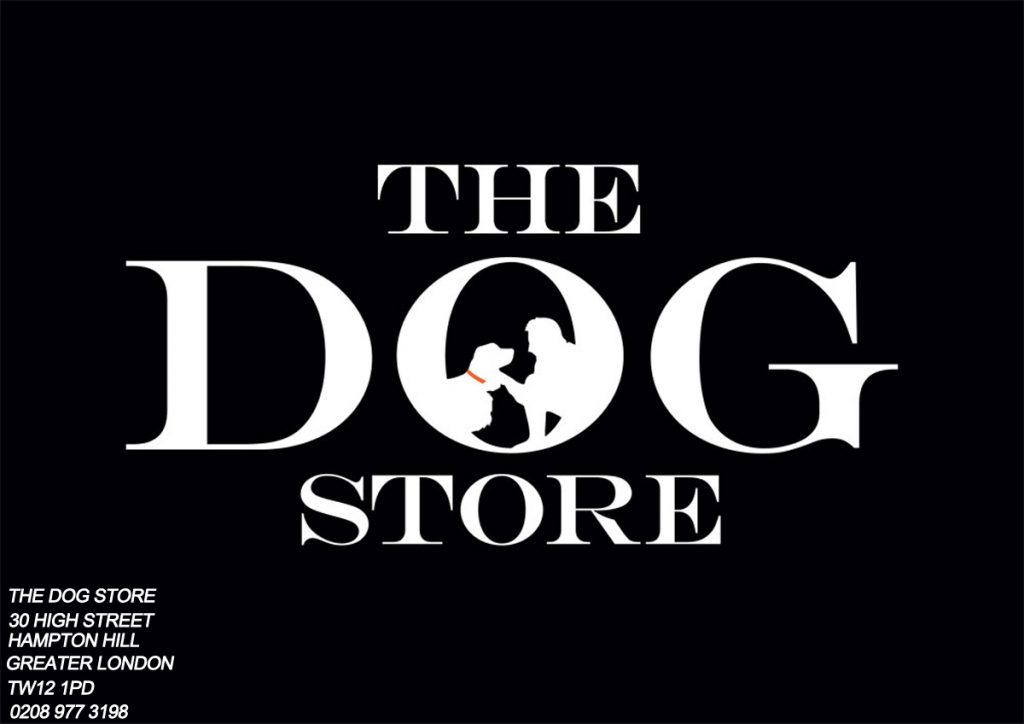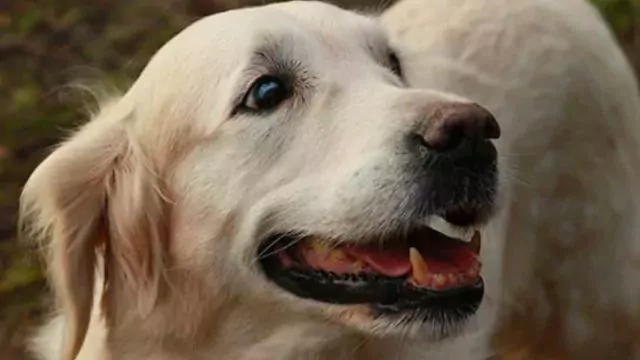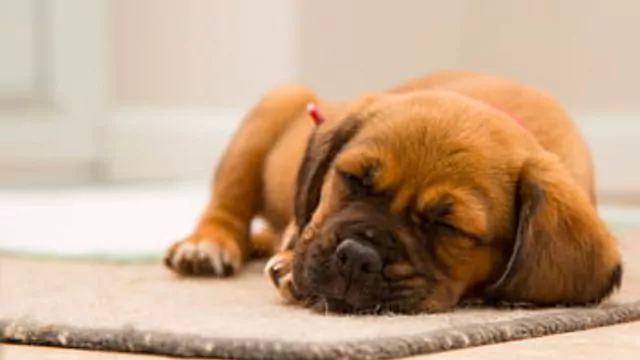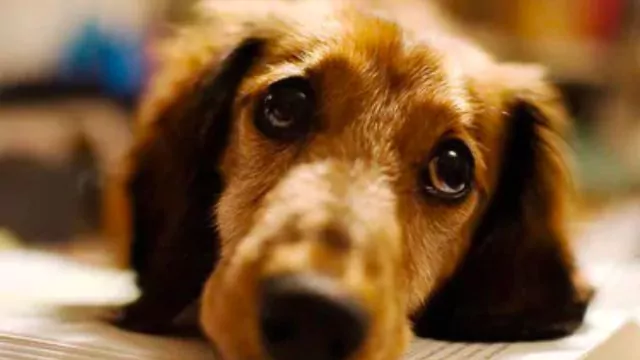Why First 16 Weeks of Your Pups Life is Important
Puppy Socialisation and the First 16 weeks
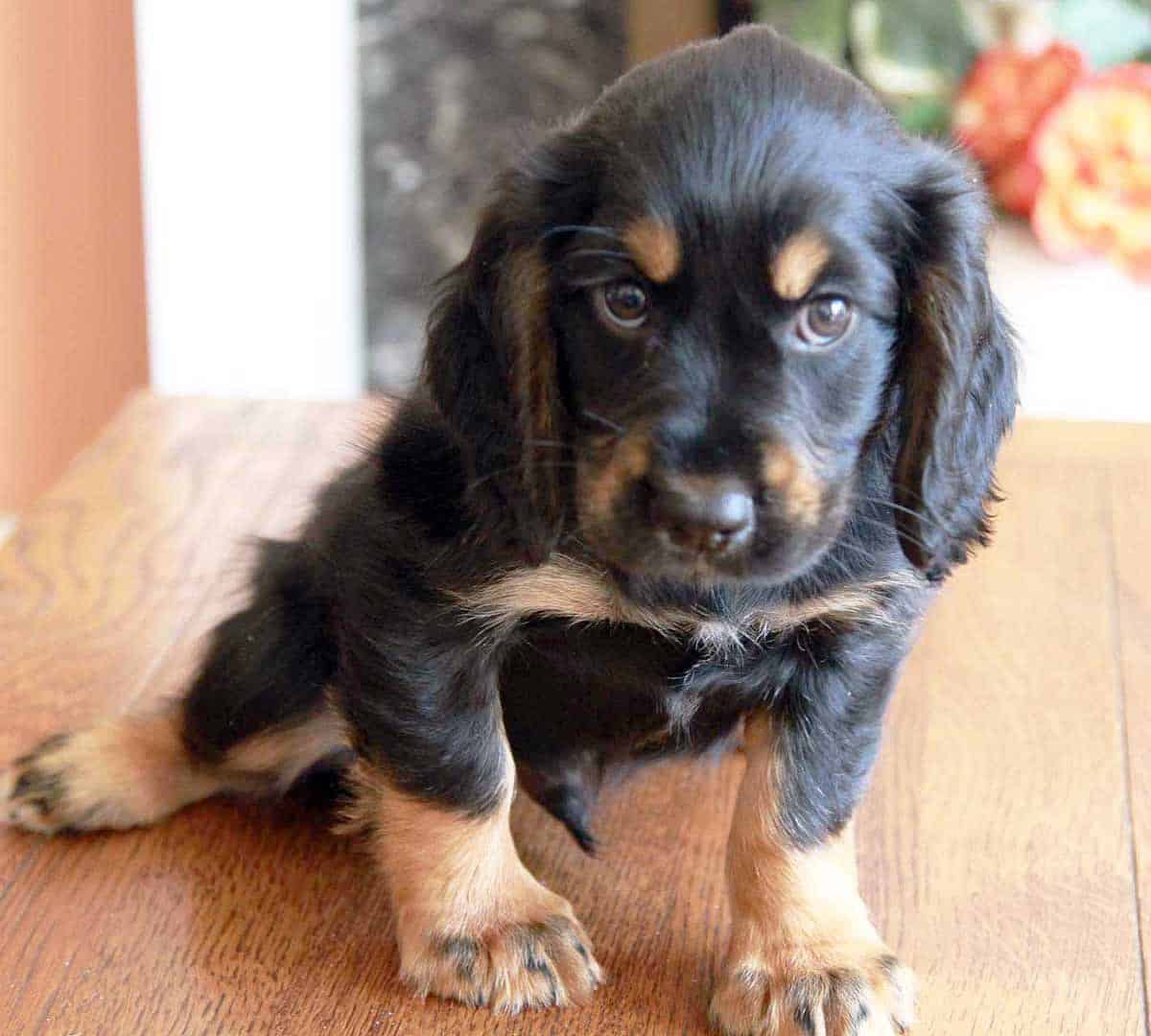
Overview Many breeders or dog owners are not aware of the need for socialisation with a new puppy in their first 16 weeks. They do not understand how critical this period is.
Research makes the difference between a good dog and a bad dog. Knowing what your puppy needs and in what time frame is critical to getting a dog you can enjoy during its whole life.
Over 50% of all dogs in Dog Rescue Centres are there because the all-important socialisation requirements were ignored, either through lack of knowledge or laziness.
Socialisation starts just after birth, therefore, the breeder also needs education. If they are aware of the critical requirements, they can have more of an impact on the future puppy and the new owner. Most cases of aggression, reactivity, fear, timidity and bad behaviour are created in these first 16 weeks through lack of socialisation during the human socialisation period and the canine socialisation period.
Learning is permanent during this period, so recall, obedience training and boundaries should be set during this all-important time. Vets are also at the forefront of this lack of socialisation frightening the general public with scare tactics and insistence that full vaccinations and weeks of isolation are required because of the risk of often very rare diseases.
This little overview will help steer you through the maze of conflicting opinions and will help you create the perfect dog. However, you have limited time to acclimatise your puppy to all the scary things that it will meet.
Let’s start with the day you get your new puppy. You should have already purchased a dog crate and possibly a playpen, food and water bowl (not plastic they leach chemicals) vet bed, and food, Normally the breeder will give you some of the puppy food they have been feeding the pups. However, research as much as you can.
These links to some of my other articles will really help you choose the right things to feed and do (1) Air Dried Natural Dog Treats Treats, (2) Lead Collar and Jingler, (3) Whistle, and Recall (4) Dog Food and Behaviour (5) Sound Desensitisation Disc. Book your puppy into socialisation classes ASAP. See my (6) Quality Dog Crates
You should also have booked your first vaccination for the next day if the breeder has not had it done already. This is vital as the longer you leave the vaccinations the less time you have for the all-important socialisation. I am not against vaccination protocols, however, I am against the over-vaccination of young puppies and the facts of why puppies are required to have two lots of vaccinations.
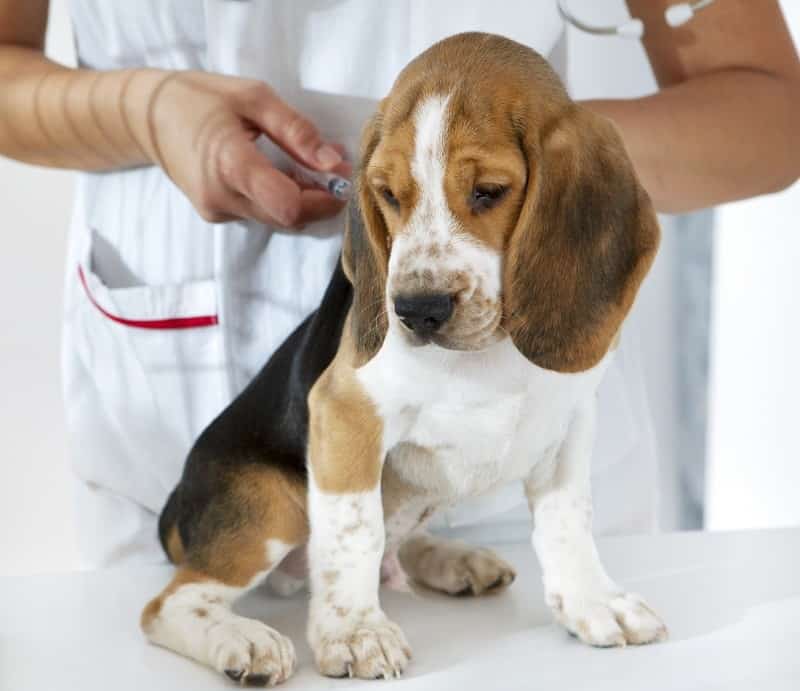
Booster Vaccinations: Why do puppies need two sets of vaccinations?
There once was a very good reason for this practice. Many years ago it was commonplace to allow puppies to still take milk from their mothers until they were 8 or 9 weeks of age.
That meant that the colostrum and antibodies in the mother’s milk could potentially interrupt the efficiency of the vaccine to create immunity against common diseases such as parvovirus and distemper.
However, it is now common practice to start weaning the pups at 3.5 weeks and the pups are normally fully weaned by about six to seven weeks.
Therefore the first vaccine is administered at 8 weeks it should bestow full immunisation through that first set of jabs. By all means, put a fail-safe in place and have the second set of jabs at either 10,5 or 12 weeks. But given the efficiency of that first set of vaccination surely you can take the dog out into fairly safe areas.
Why is it some vets say you can take the puppy out two weeks after the second set of vaccinations and some say one week, some say 48 hours? I have known some Vets, though these are the good ones, that said to take the puppy out 10 days after the first set of vaccinations.
I have had numerous Vets tell me it depends on what their insurance companies tell them to tell you. What a pity they do not have ANY specific training in their veterinary degree regarding canine critical periods. If they did they would be not making these assumptions regarding the dogs in their care.
There is another area that I have serious concerns about. Please write to me if this has happened to you, as I want to build a dossier on this practice. You pick up your puppy and the breeder has given the first vaccines to the pup you go to your Vet and they say “Oh we do not stock that brand of vaccine, so we will have to start the whole process of 1st vaccinations over again”
Please email me here at [email protected] Let me know if they are a single or multi-practice vet. You do not have to mention their name if you do not want to.
Are they telling you they cannot get that vaccine from their suppliers? or are they telling you I will make more money if we repeat the whole vaccine protocols all over again, despite the potential dangers to the puppy and the delays in being able to socialise that little pup? If my Vet ever did that I would walk out and never darken their door again. It is my personal belief that they clearly do not have the pups or owners’ best interest at heart and the main reason for that recommendation is profit
Things You Must Do and Time Frames
- Feed four times a day until 12 weeks then 3 times a day until 6 months then twice thereafter. Choose your dog food wisely read this article on (7) Dog Food and Behaviour it shows what I feed my dogs and reviews different types of dog food from raw to Kibble.
- From the first day, you get the puppy think socialisation. A minimum of 100 people must handle your puppy before they are 12 weeks of age, do this with children and older people and just everyone you meet. This period is called the Human Socialisation Period.
- 0 To 16 weeks is the Canine Socialisation Period you must mix your puppy with lots of other dogs and especially puppies as that rough and tumble play teaches the young puppy bite inhibition and body language and communication skills
- Over 90% of all behavioural problems are created in this vital initial period. The majority of aggression cases are fear-based and can often be traced back to the first 16 weeks and the lack of critical socialisation. BTW Neutering and particularly paediatric neutering, ie before a pup’s social and physical maturity can cause serious complications later in life. Research now shows it triggers aggression especially if the dogs are timid and nervous before the operation. See (8) Paediatric Neutering

Consider buying a sound disc of normal scary sounds play it low to start off with, increasing volume over a period of a couple of days (5) Sound Desensitisation Disc.
Get your puppy used to being touched all over his body groom him daily touch and look into his mouth and ears and touch his paws this helps overcome any contact aggression that can occur if this is not performed and initiated when they are young.
I now sell the best grooming brushes available on the market called Furminators, though they are not for non-shedding dogs.
Do not shut the crate door until the puppy is 12 weeks of age read (8) Crate Training Puppies. This explains that the puppy can get very distressed if he has to toilet in his own bed.
His bowels and bladder are not able to hold their toilet overnight without pain and discomfort until 12 weeks. Use newspaper to start toilet training in the home, do not put newspapers in the crate as it encourages the dog to urinate and defecate in his crate.
Get a soiled newspaper he has urinated on and put it in the garden or somewhere outside you want him to the toilet. Take him to this spot each time with lots of praise and treats when he goes.
Never use puppy pads, they are normally impregnated with horses urine, to stimulate the puppies to over-mark them. Therefore increasing the likelihood of them continuing to toilet indoors. You are actually encouraging pups to toilet inside.
Buy quality air-dried natural treats to prepare the puppy to be left alone for periods of time I sell what is probably the best natural dog treats available anywhere Read my article (14) Separation Anxiety.
Get your new puppy into a routine of sleeping toileting and feeding. When the puppy eats or drinks take it outside 15 minutes after feeding praise and treat and give an instructive command. I say wee-wee as he is toileting. Then if you are in a hurry later on in the pup’s life you can say the command and the dog will toilet or any word you want to use and he should go on command.
If your puppy is small enough to carry, take him to the local pub or café you can do this after the first vaccination and get people to handle him and give him treats. Go outside school gates so your puppy gets used to children.
Mix your pup with other dogs and especially other puppies from day one. Your puppy can mix with any other vaccinated dog. Puppies learn bite inhibition and body language skills from the rough play that puppies enjoy. You have until 16 weeks to mix your pup within the critical period known as the Canine Socialisation Period.
Recall Training: Start recall training from day one in the home and garden and the park see my article (9) Puppy Recall Training.
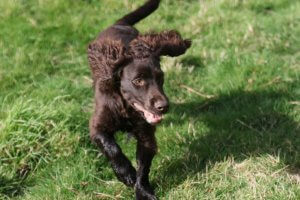
Puppy Exercise? Oh boy is this a can of worms the lack of scientific knowledge that supposed experts expound is unbelievable this is just one of the thousands out there and is from The Blue Cross.
A general guide for exercising puppies is to allow them one to two sessions of five minutes walking for each month of age, so for example, a four-month-old pup could enjoy walks of 20 minutes at a time, once or twice a day. This is unscientific claptrap and this type of advice has probably been instrumental in the exact opposite and can have a negative effect both behaviourally and physically for the remainder of that young dog’s life.
Sometimes this advice will be supplied with an x-ray image of a very young puppy whose bones are not fully hardened yet, so it looks like none of the joints are actually connected. however it is an illusion they are, the growth plates are not closed and the bone density is not high enough to register properly on x-ray plates.
Once again totally incorrect. Even the PDSA who never normally stick their head above the parapet say: ” You may have heard about the 5 minute rule (5 minutes of exercise per month of age) – it’s important to know that there’s no scientific evidence behind this rule, and although it might work for some, it’s not appropriate for most puppies.”
Dr Millis is a Professor of Orthopedic Surgery and Director of Veterinary Sports Medicine at the University of Tennessee College of Veterinary Medicine. He is one of the World’s leading Veterinarian specialists in orthopaedics he says that often it is the type of advice that causes overweight and lazy puppies to develop joint and cartilage damage.
Dr Millis says in a summary of his findings: “So what can we conclude about exercising puppies? The most important thing is that puppies should be free of hip and elbow dysplasia, and genetic tendencies to conditions such as osteochondritis dissecans. The most important environmental issue is to keep puppies thin and not let them get overweight. High-impact exercise (such as jumping from heights or sharp turns) should be avoided until maturity and a period of adequate conditioning, agility and strength training. There is no evidence that normal exercise causes damage to the growth plates of puppies. In fact, jogging exercise (such as on a treadmill) appears to be beneficial to normal joints. Dogs are built to run. Further, normal puppy play helps them to develop muscle, ligament, tendon, bone, and cartilage strength as well as coordination and proprioception. Maybe that’s why African wild dogs run and play so much!”
Puppies need off-lead exercise not to be dragged around on the end of a lead to stop the dogs from running and interacting with their surroundings. The zoomies that normally happen at the end of the day when the pup races around the house like it has gone mad are only burning off energy that should have been released during their normal exercise during the day,
The Blue Cross and the rest of the people that propound this nonsense should hang their heads in shame. (10) Dr Milis and Puppy Exercise
Nipping and Biting are totally natural traits so do not get alarmed if your pup starts nipping and biting you read how to overcome this (11) Nipping and Biting
Think of your new puppy as a child, the first 5.5 years of a child’s life are critical to creating the personality to allow them to grow into well-rounded and confident adults.
St Ignatius the founder of the Jesuit order once said “Give me the child and I will show you the man” Pups are no different except for the time frame, you must give them lots of stimulation, input and nurture. The time frame is 16 weeks to create a well-socialised and confident dog.
Learning at this age I permanent that is why it is so important, though it may appear as the youngster moves into maturity that they have forgotten everything it is just a short phase they go through. I have along with my online store started a physical store in Hampton Hill Greater London. see under my links.
One more area to consider is choosing a vet. Read my article (12) Is The Veterinary Profession Broken? It will really open your eyes to what Vets you may wish to choose. (13) Finding and Choosing a Puppy.
Because lack of early socialisation causes fearful, timid and often aggressive reactive dogs I wrote an article about that problem and it may help in what you need to do (14) Fearful and Timid Dogs
©Stan Rawlinson September 2019
Updated Jan 2020
(1) Air Dried Natural Dog Treats
(3) Whistle and Recall Training Puppies
(5) Sound Desensitisation Disc
(7) Paediatric Neutering Overview
(10) Dr Milis and Puppy Exercise
(11) Nipping and Biting
(12) Is The Veterinary Profession Broken
(13) Finding and Choosing a Puppy
(15) Separation Anxiety
This is what a good litter of puppies should look like they are a litter I bred from two of my dogs and they have turned out amazing Fizz is the mother
